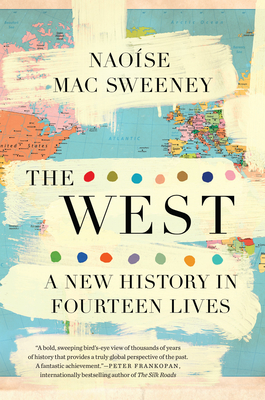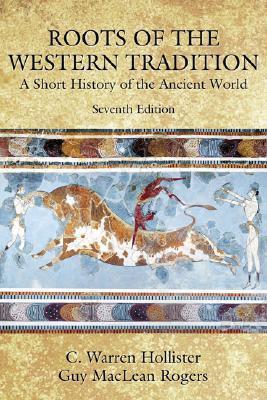
How the World Made the West: A 4,000 Year History
Book Description
A tapestry of civilizations unfolds, revealing how the West was forged by the ambitions, conquests, and collisions of ancient peoples. From the bustling markets of Mesopotamia to the strategic battles of the Mediterranean, each chapter pulses with stories that shape the very essence of Western identity. Josephine Quinn deftly navigates through time, intertwining themes of trade, culture, and power, all while unearthing the surprising connections that bind us. What unseen forces truly shaped the world we inhabit today, and who stands on the shoulders of giants in this epic tale of history?
Quick Book Summary
"How the World Made the West" by Josephine Quinn offers a sweeping, interconnected account of how Western civilization emerged not from isolation, but from centuries of intermingling, exchange, and adaptation. Quinn dismantles the narrative of a self-contained West and, instead, shows how forces such as migration, conflict, trade, and cultural blending shaped the foundations of Europe and its neighbors. Drawing from a rich tapestry of historical episodes—from Mesopotamian markets to Mediterranean naval battles—she demonstrates that Western identity was forged through both cooperation and confrontation among diverse peoples. The book urges readers to reconsider received narratives, revealing the West as the product of vibrant, ongoing interactions rather than a static legacy. With engaging storytelling and incisive analysis, Quinn deepens our understanding of what it means to belong to the West today.
Summary of Key Ideas
Table of Contents
Civilizations in Contact and Conflict
Josephine Quinn’s exploration of Western history begins by dismantling the myth of the West’s isolation or innate uniqueness. Instead, she presents Western civilization as the result of continuous encounters between different groups. From the earliest civilizations in Mesopotamia and Egypt, through the Mediterranean empires and beyond, the West is a product of borrowed ideas, assimilated technologies, and layered cultural developments that often arose from the movement and settling of people across frontiers.
Trade and Cultural Exchange as Forces of Change
Trade emerges as a primary driver in this narrative, serving both as a bridge and battleground. Markets like those in ancient Mesopotamia were melting pots that circulated not just goods—such as tin, grain, and textiles—but also ideas, languages, and religious beliefs. Quinn illustrates how trade routes connected distant societies, fostering economic dependence and the spread of innovations, and sometimes igniting conflicts that would redraw the boundaries of cultures and empires.
Migration and Movement of Peoples
Migration and conquest are depicted as constant processes, in which the movement of peoples—whether voluntary or forced by war, famine, or opportunity—transformed the face of Europe and the wider Mediterranean. Quinn delves into the stories of Phoenician traders, Roman conquerors, and nomadic tribes whose movements sparked new forms of governance, technology, and social cohesion. These waves of migration didn’t just shape territories; they fundamentally altered language, customs, and ideologies.
Rewriting the Western Identity Narrative
The book threads through the theme of hybridization—how cultures absorbed, adapted, and refashioned the influences they encountered. This process undercuts the idea of a "pure" Western identity. Religion, law, art, and political frameworks in the West are thus shown to have origins and analogues in Africa, the Middle East, and Asia, inviting readers to understand today’s Europe as a place defined by centuries of reinvention and porous borders.
Quinn concludes by urging a reconsideration of what it means to talk about the “West.” Rather than a self-contained tradition handed down from Greece or Rome, the West is revealed as a patchwork of borrowings and recombinations. Understanding this shared, interconnected history, she argues, is crucial not only for accurate historical scholarship but for fostering more open, inclusive societies today. The story of the West, in her view, is one of constant making and remaking amidst the churn of global history.
Download This Summary
Get a free PDF of this summary instantly — no email required.





